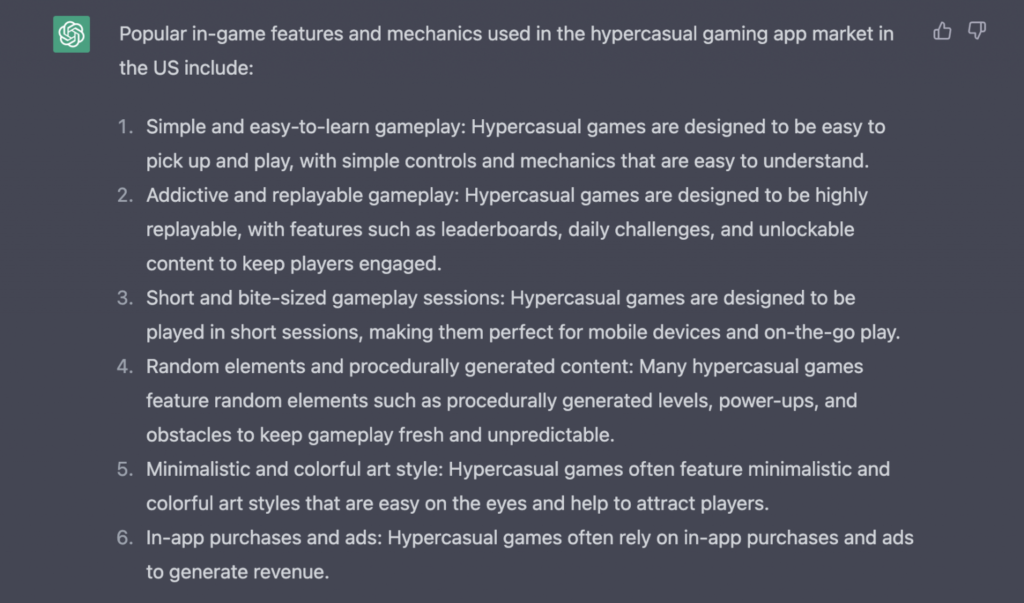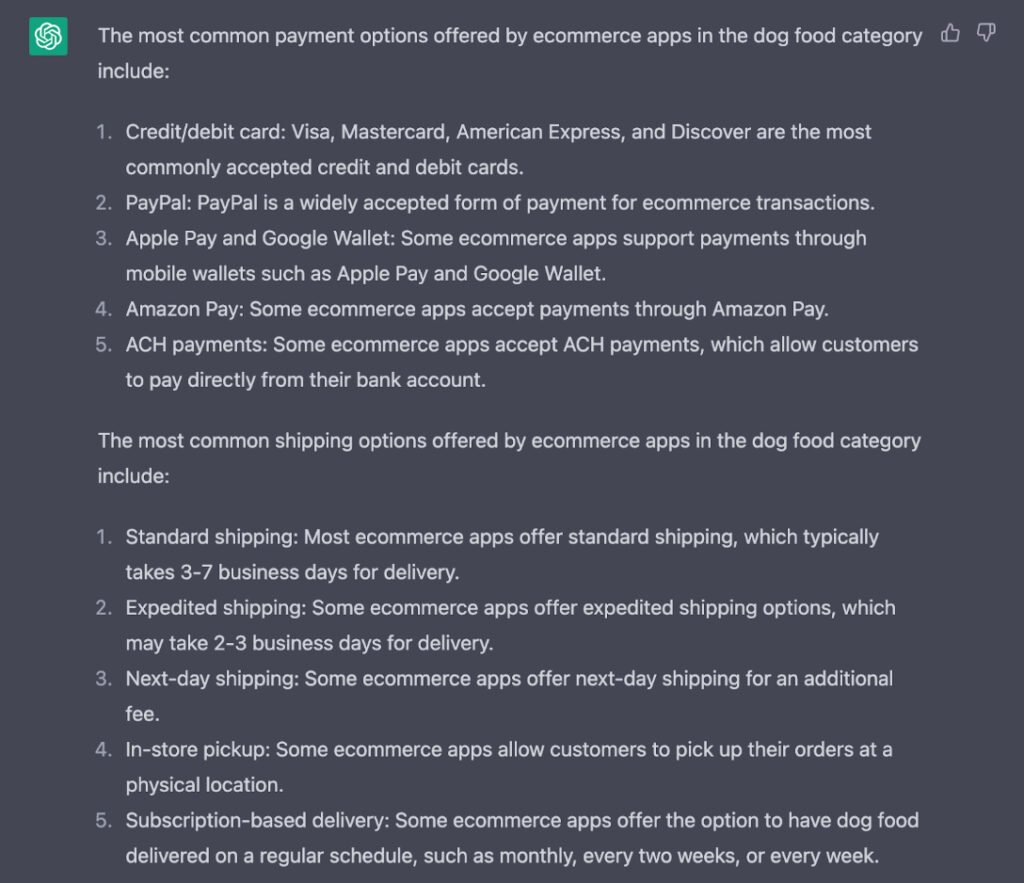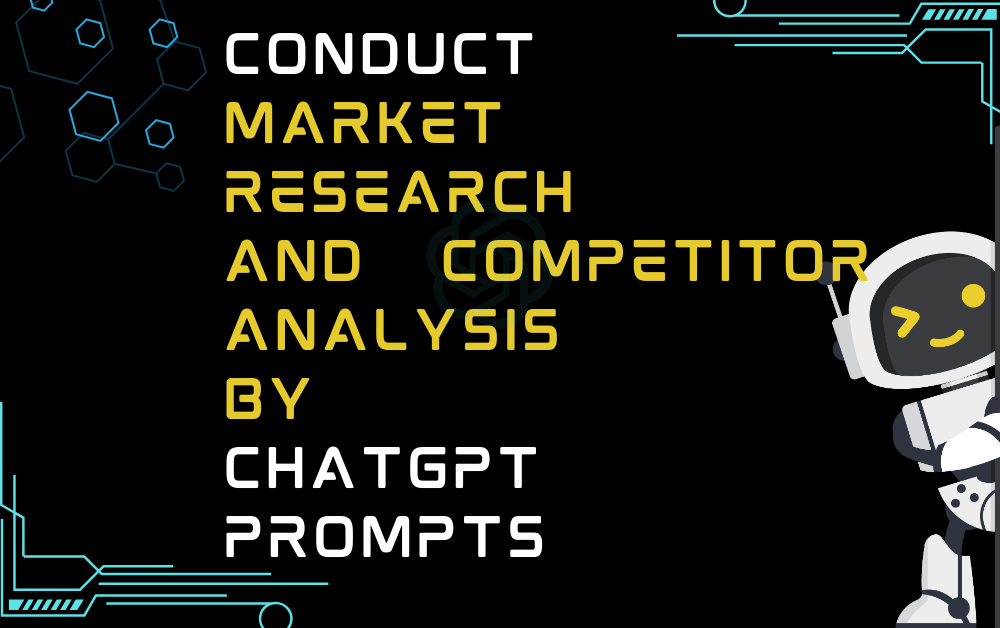INTRODUCTION
Part of our job as marketers is being curious. And staying relevant.
That means exploring new technologies, understanding how they can impact us, and putting them to use in our day-to-day lives.
ChatGPT (whether you like it or not) will change how we do marketing. Slowly at first, but the possibilities are endless and the pace of learning and innovation is already explosive.
This technology has the potential to save you and your team thousands of hours. But you need to know what to use it for and how. It’s not a substitute for strategic thinking or creativity for example, but it is killer at helping you speed up the ideation and creation processes as well as offering you different angles and insights.
AI-powered tech isn’t hype. It’s here to stay. So if you haven’t yet explored how to get started with Chat GPT, now’s the time.
Take a look at the different ways you can leverage ChatGPT to market your app (plus tons of prompts to give you a head start).
Before you start throwing money at marketing your app, it’s probably a good idea to conduct market research to gain a clear understanding of the market landscape. This insight will direct your marketing strategy, clarify your brand messaging, and identify key channels to focus on for user acquisition.
Here are a few practical ways to get started using ChatGPT as a friendly companion to speed up your research process.
Unearth basic market insights and generate forecasts
Starting at the highest level, ChatGPT can help generate insights and trends that provide a bird’s eye view of your niche.
Think about the types of questions you might want to ask when researching a new market:
- What is the current size and growth rate of the market?
- Who are the major players in the industry and what is their market share?
- What are the major trends and developments in the industry?
- What are the main drivers and constraints of the market?
- What is the competitive landscape like and how is it likely to change in the future?
- What are the key success factors for companies operating in this market?
- What are the major challenges facing the industry?
- What are the most promising segments or niches within the market?
- How is the market expected to evolve in the short term and long term?
- What are the opportunities for new entrants or existing companies to expand their market share?
Guess what? You can actually turn those questions into a prompt…
- What is the current size and growth rate of the market?
- What are the key success factors for companies operating in this market?
- How is the market expected to evolve in the short term and long term?
When I did it for the gaming app market, I got back some things I expected —it’s a highly competitive market dominated by household names — along with a few things I didn’t, like concerns around the impact of gaming on mental health.
Didn’t get a result you expected, or don’t feel it’s comprehensive enough? Just remember, ChatGPT is always learning. So experiment with different prompts and be as specific as possible.
Here are some additional ideas for prompts that’ll give you more insight into the market landscape for your app:
- I am developing a [app category] app. Generate a market research report for [industry] that highlights key trends, drivers, challenges, and opportunities. Provide sources wherever possible.
- I am developing a [app category] app. Based on recent research, generate a market forecast that highlights the biggest threats and opportunities on the horizon. Expand on each point with data to back it up.
- Generate a summary of the competitive landscape of [industry] and/or [market] and identify opportunities for differentiation.
- Generate a summary of the competitive landscape of [industry] and/or [market] and identify opportunities for differentiation.
Now let’s take a more concrete example.
Say you’re developing a new hyper-casual gaming app in Europe and want to understand the market potential. You might find some of the following prompts useful:
- What are the most popular platforms and devices for playing [type of game] games in the [category] market in [region and/or countries] and how does this impact the development and distribution of our game?
- What are the key features and elements that make a successful [type of game] game in the [category] market in [region and/or countries]?
- What are the most popular in-game features and mechanics used by other games in the [category] market in [region and/or countries] and how can we use them to improve our game?
- What are the key demographics of players in the [category] market in [region and/or countries] for [type of game] games and how can we target and appeal to these demographics with our game?
- Who are the key competitors in the [category] market in [region and/or countries] for [type of game] games and how does our game compare in terms of features, gameplay, and monetization?
I tried out this prompt: “What are the most popular in-game features and mechanics used by other games in the hyper-casual gaming app market in the US and how can we use them to improve our game?” and got the following response:

Analyze your competition
A key component of any market research includes mapping your competitive landscape — something that you can leverage ChatGPT to do for you, for a particular market or industry.
For competitor research, one idea that comes to mind is compiling information from aggregators like Crunchbase or review sites like TrustRadius, inputting this content into the chat, and asking for a summary back.
You can then transform that data into a table and even prompt ChatGPT to organize it for you by various dimensions, like funding, market cap, top words mentioned, and more.
For additional angles you might want to try some of the following prompts:
- Generate a competitive analysis report for [industry] that compares and contrasts [competitor 1], [competitor 2], and [competitor 3].
- Identify the most significant players in the [industry] market and analyze their business models, products and services, and market positioning in a matrix format.
- What are the top features of [competitor app name] that sets it apart from other apps in the [niche] category?
- What are the most common user demographics for apps in the [niche] category and how does [competitor app name] target and appeal to these demographics?
- What are the most popular pricing models for apps in the [niche] category and how does [competitor app name] compare in terms of pricing and value for money?
- What are the most common channels and strategies used by apps in the [niche] category to acquire and retain users, and how does [competitor app name] compare?
- What are the main user complaints about [competitor app name] and how do they compare to other apps in the [niche] category?
Taking this down to the ground once again, let’s say you have an eCommerce app. You might want to consider additional questions that apply to your niche, such as:
- What are the most common channels and strategies used by eCommerce apps in the [niche] category to acquire and retain customers, and how does [competitor app name] compare?
- What are the most common channels and strategies used by eCommerce apps in the [niche] category to acquire and retain customers, and how does [competitor app name] compare?
- What are the most common payment and shipping options offered by eCommerce apps in the [niche] category and how does [competitor app name] compare?
- What are the most common customer service and return policies offered by eCommerce apps in the [niche] category and how does [competitor app name] compare?
I tried out a variation on one of the above prompts: What are the most common payment and shipping options offered by eCommerce apps in the dog food category?
Here’s what I got back:


